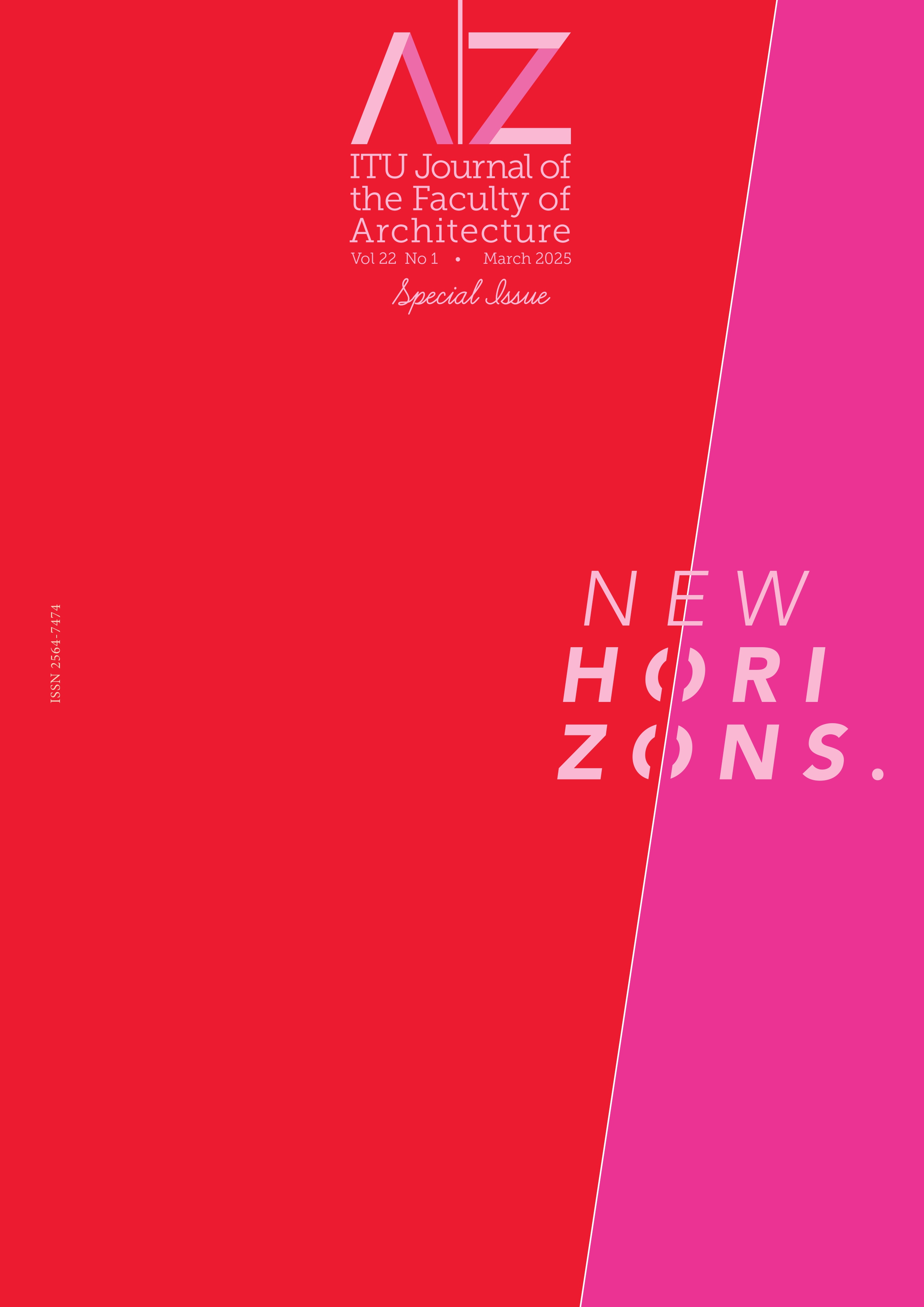Published 2025-03-31
Keywords
- Architectural artifact,
- Architectural exhibition,
- Micro archive,
- Taşkışla,
- Spatial memory
Abstract
Architectural exhibitions — whether manifesting as built environments or theoretical discourses — deepen discussions on the meaning of architecture in retrospective and prospective senses. While this growth parallels academic interest in archival studies and the emergence of institutions dedicated to archiving and exhibiting representations of architectural works, the absence of centralized architectural institutions leads to insufficient, fragmented documentation, limiting comprehensive mapping of relationships. This study explores whether architectural space can function as a memory-collecting “hive-mind,” where temporary exhibitions collectively form a dynamic archive, even without a permanent physical repository. The article first examines theoretical perspectives on architectural archives, exhibitions, and schools of architecture. It then analyzes three exhibitions at Taşkışla, Istanbul Technical University’s Faculty of Architecture, focusing on architects (Holzmeister, Onat, and Yücel) who also served as educators there. Since Taşkışla lacks a classified, organized architectural archive, no institutional records detail the design, construction, or installation of these exhibitions. Consequently, information was gathered from testimonies, personal experiences, and diverse documents across different media. Employing a grounded theory methodology, the study cross-references the authors’ observations with materials from architectural media, generating an implicit body of knowledge organized into a “micro-archive.” This approach highlights the significance of ephemeral exhibitions in shaping architectural discourse. Introducing the concept of “the enactment of the archive,” it underscores the archive’s performativity and agency in restoring and reintegrating relationalities, commonalities, gaps, and overlooked elements in spatial memory and archival practices. In this sense, the article itself serves as both a record and a “letter to the future.”


